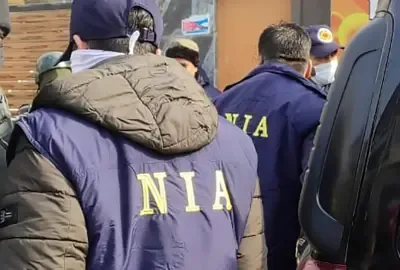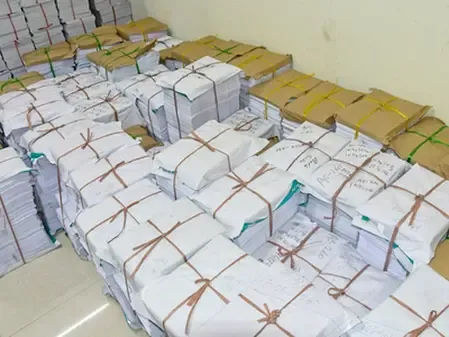Did the NIA File a Charge Sheet in the Cyber Terrorism Case?

Synopsis
Key Takeaways
- NIA's commitment to tackling cyber terrorism is evident through its actions.
- The case highlights the collaboration of individuals in executing cyber attacks.
- Advanced hacking tools and methods are being utilized by cybercriminals.
- Legal frameworks such as the Information Technology Act are crucial in prosecuting cyber offenses.
- Ongoing vigilance is necessary to protect India's digital landscape.
New Delhi, Aug 14 (NationPress) The National Investigation Agency (NIA) has submitted a charge sheet to the NIA Special Court located in Ahmedabad, Gujarat, against the accused Jasim Shahnawaz Ansari in RC-01/2025/NIA/AMD, pertaining to acts of cyber terrorism through Denial of Service (DoS) attacks targeting critical government websites.
The case was first initiated by the Anti-Terrorism Squad (ATS) of Gujarat after discovering a conspiracy involving a Juvenile in Conflict with Law (JCL) and the accused, aimed at executing numerous Distributed Denial of Service (DDoS) attacks on various Government of India and State Government websites between March and May 2025.
Additionally, the accused disseminated anti-national materials via a Telegram channel. Following directives from the Ministry of Home Affairs, the case was subsequently re-registered by the NIA in Ahmedabad.
The investigation by the NIA unveiled that the accused, in collaboration with the JCL, employed sophisticated hacking tools, anonymizing technologies (such as VPNs), and encrypted platforms to carry out these attacks.
According to the agency's press release, “The accused promoted these attacks online, sharing screenshots and provocative messages in response to India’s 'Operation Sindoor' against terrorism sponsored by Pakistan, aiming to undermine the nation’s unity, integrity, and sovereignty.”
“Digital forensic analysis substantiated the accused’s involvement in orchestrating a calculated, ideologically-driven cyber assault, alongside his attempts to instruct others in illegal cyber practices while obscuring identities to evade law enforcement,” the NIA added.
In ongoing proceedings against the JCL before the Juvenile Justice Board in Nadiad, Gujarat, the NIA has now filed a charge sheet against Jasim Shahnawaz Ansari under Section 66F of the Information Technology Act, 2000 in conjunction with Section 61(2)(a) of the Bharatiya Nyay Sanhita, 2023.
The NIA remains dedicated to protecting India’s digital infrastructure and ensuring that those who endanger national security are brought to justice.










